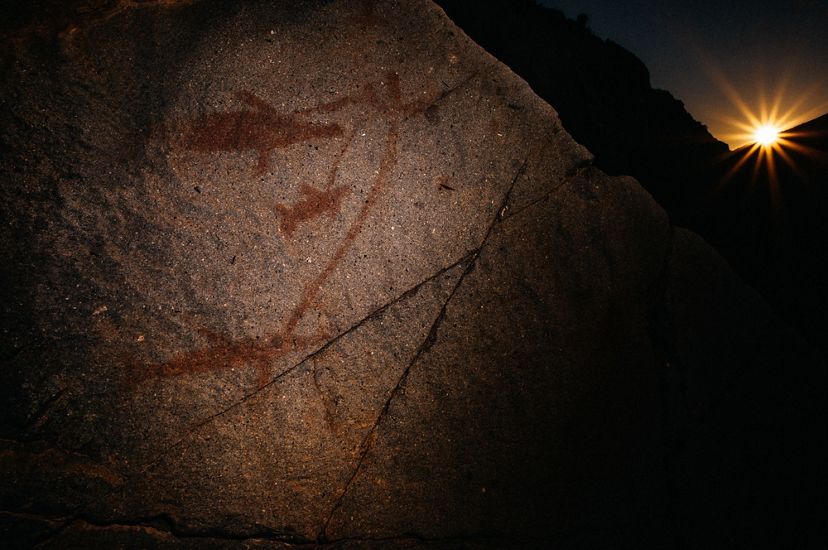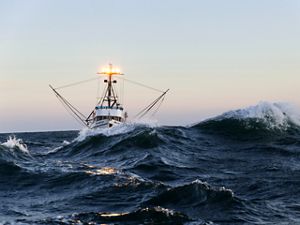New Fishing Gear Could Make the Sea Safer for Endangered Wildlife
We're working in Chile to test swordfish gear designed to reduce bycatch.
Americans eat more swordfish than any country in the world, with more than 85% of it imported from fisheries around the globe. Unfortunately, the fishing gear currently used for swordfish can have high rates of bycatch, meaning that it accidentally captures vulnerable, non-target species like sea turtles.
TNC’s California Oceans Program has supported and partnered with researchers at the Pfleger Institute of Environmental Research (PIER) to develop and test a new fishing gear to that can effectively decrease bycatch in California’s swordfish fishery.
In September 2019, federal fishery managers at the Pacific Fishery Management Council finally voted to authorize use of the new gear off the coasts of California and Oregon, giving fishermen a new opportunity to increase our domestic catch of swordfish, while protecting wildlife like whales and sea turtles.
With this new gear authorized for use off the U.S. west coast, it’s time to explore scaling such bycatch solutions to the global fisheries that supply the majority of our swordfish. We’re bringing the gear more than 5,000 miles away to Chile, a swordfish fishery with 35 times more fishing vessels than California, posing a significantly greater threat to sea turtles.

The California Oceans Program is collaborating with TNC Chile, Chilean fishery managers at IFOP (Instituto Fomento de Pesquero), and PIER to bring new low-bycatch technology to Chile and create new ways to protect marine species.
The photos on this page show the first step in our project: tagging swordfish in Chilean waters so that we can follow their movements and adapt the fishing gear designed in California to the conditions in Chile. The strong scientific knowledge base built from this tagging work will help us reduce bycatch of turtles and other species and to outline a more sustainable path forward for the swordfish fishery world-wide.


The research involves using satellite tags to track the movements of individual swordfish for up to 30 days, helping us predict when and where they will interact with other marine species that need protection.
The tag is attached to a modified harpoon and affixed to swordfish when they come to the surface to bask. Studies have shown that this approach is effective, doesn’t harm swordfish and increases the odds of recovering data on their movements.



Patricia Zarate, Senior Fisheries Researcher and Head of the Highly Migratory Species Project at IFOP, celebrates the first successful tagging event with industry partner Damian Chapman. Three swordfish were tagged over the course of the research trip.
This first phase of the project is crucial to build a strong scientific knowledge base that will help us to reduce bycatch of turtles and other sensitive species and outline a more sustainable path forward for this fishery.








